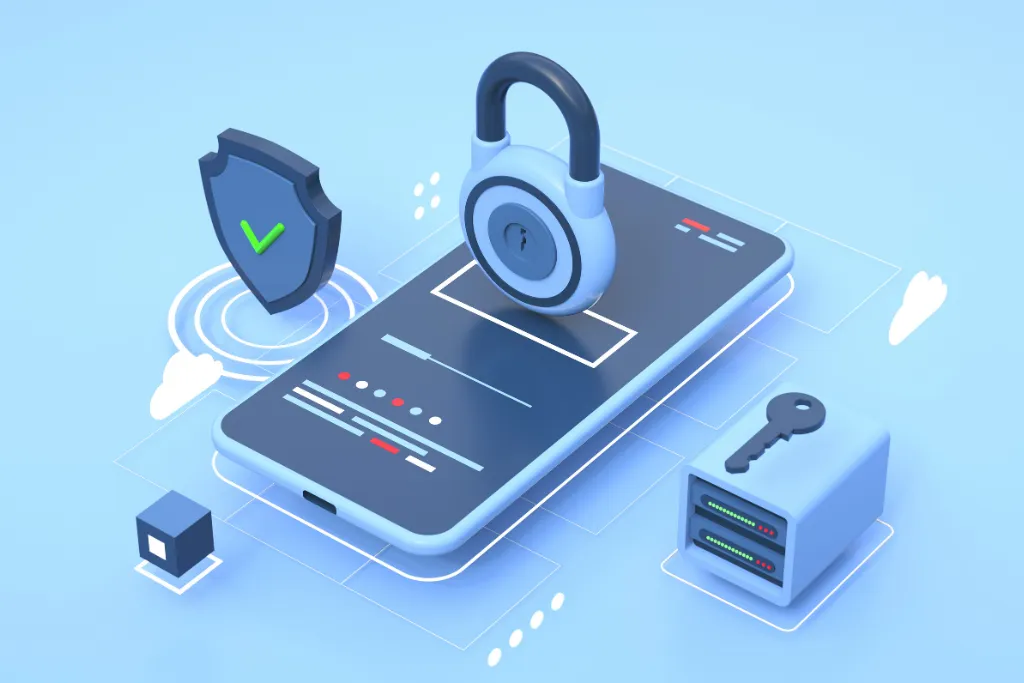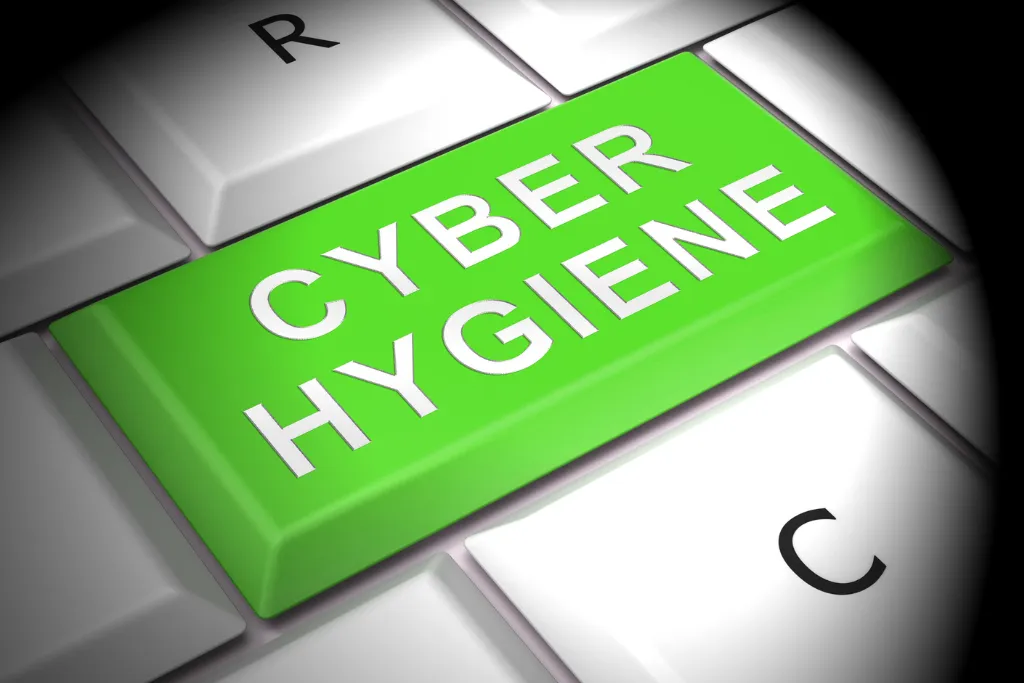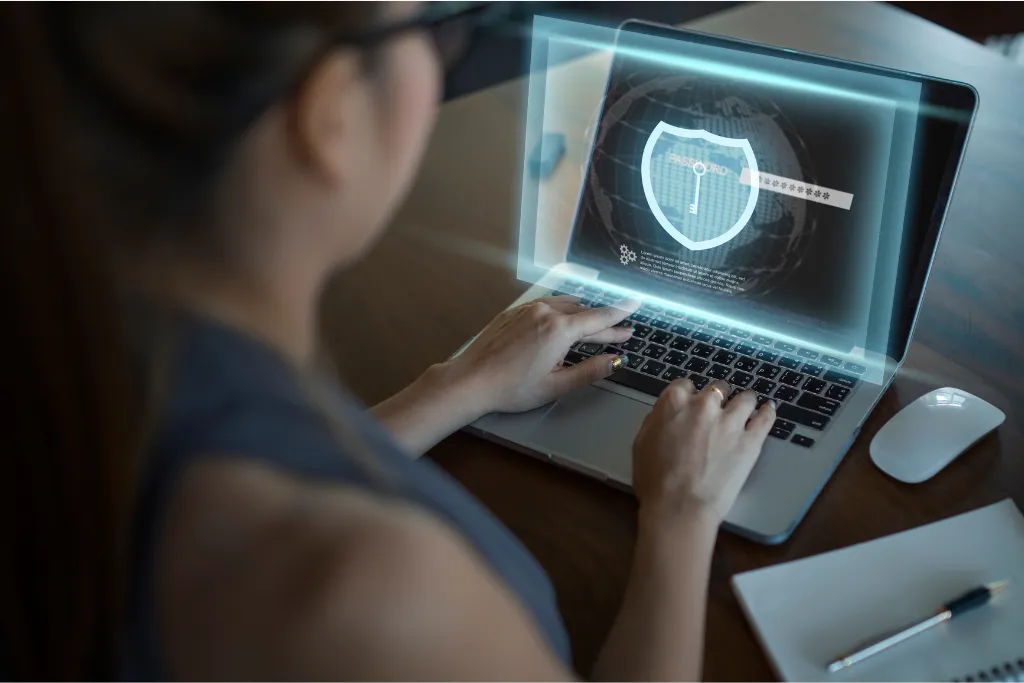Physical Address
304 North Cardinal St.
Dorchester Center, MA 02124
Physical Address
304 North Cardinal St.
Dorchester Center, MA 02124

In the age of rapidly advancing technology, protecting ourselves and our organizations from cyber threats is more important than ever. Cyber hygiene refers to the practices and measures we take to maintain the security of our digital devices and information.
In this blog post, we will discuss what cyber hygiene is and why it is essential for individuals and organizations alike. We will explore the evolving nature of cyber threats and how they impact our daily lives, as well as provide a comprehensive checklist for achieving cyber hygiene in 2024.
From password management to implementing basic CIS controls, we will cover everything you need to know about staying safe online. Additionally, we will highlight common mistakes to avoid in 2024 and how cyber hygiene has changed over the years. Join us as we dive into the world of cybersecurity and learn how you can protect yourself from potential threats.

In the digital age, understanding cyber hygiene is crucial for protecting against cyber threats and safeguarding personal and sensitive information. Implementing good cyber hygiene practices can help individuals and organizations mitigate vulnerabilities and prevent cyberattacks.
This involves adopting best practices such as strong passwords, regular software updates, and using security software like antivirus software and firewalls. Neglecting cyber hygiene can lead to security breaches, data loss, and financial losses.
With the evolving nature of cyber threats, staying updated on the latest cyber hygiene practices is essential for individuals and organizations alike.
Cyber hygiene refers to the practice of maintaining good online security and safeguarding against cyber threats. It involves measures like regular software updates, strong passwords, and securing personal information.
By following cyber hygiene principles, individuals and organizations can minimize the risk of unauthorized access and data breaches.
In today’s digital age, the importance of cyber hygiene cannot be overstated. Implementing good cyber hygiene practices is crucial for individuals and organizations to prevent operational disruptions and financial losses caused by cyberattacks.
By protecting sensitive data and preventing theft of personal information, cyber hygiene measures ensure the security of individuals and organizations alike. Moreover, practicing cyber hygiene helps minimize the impact of security breaches and malware infections, instilling trust and confidence in customers, clients, and stakeholders.
In this interconnected world, cyber hygiene serves as the foundation for safeguarding against common cyber threats, making it an essential starting point for individuals and organizations seeking to maintain cybersecurity resilience.

Over time, cyber threats have become increasingly sophisticated and complex. The growing reliance on technology and the rise of remote work have opened up new vulnerabilities and attack surfaces for hackers to exploit.
Cybercriminals are constantly developing new techniques to breach security systems and gain unauthorized access to sensitive data. To combat these evolving threats, both organizations and individuals must continuously enhance their cyber hygiene practices.
By improving cybersecurity hygiene, they can effectively mitigate the risks associated with emerging cyber threats and ensure the protection of valuable data.
Using strong, complex, and unique passwords for each online account is crucial for maintaining password management and security. It is recommended to regularly change passwords and avoid reusing them across different platforms.
To ensure the utmost security, consider employing a password manager that can securely store and generate strong passwords. Additionally, enabling multi-factor authentication adds an extra layer of protection against unauthorized access.
Educating oneself on common password vulnerabilities and best practices for password security is essential in maintaining robust cyber hygiene.
To ensure optimal cybersecurity hygiene, it is crucial to regularly update all software programs and applications with the latest patches and updates. By doing so, you can address any vulnerabilities that may exist within the software. Installing security updates from trusted sources is also essential in protecting against potential hacking attempts.
Outdated software poses a significant risk as cybercriminals can exploit these vulnerabilities to gain unauthorized access or compromise sensitive data.
To streamline the process, enabling automatic updates whenever possible ensures timely protection against emerging threats. Staying informed about the importance of software updates is a starting point for maintaining basic cyber hygiene practices.
Installing reputable antivirus software and enabling firewalls are essential components of maintaining strong cyber hygiene. Antivirus software helps to detect and remove malware infections, while regular updates ensure protection against new threats.
On the other hand, firewalls act as a barrier between your computer and potential unauthorized access, monitoring and controlling network traffic. Combining both antivirus software and firewalls provides comprehensive protection against cyber threats.
By incorporating security software and firewalls into your cybersecurity hygiene practices, you can significantly reduce the risk of hacking and protect your data from unauthorized access.
When it comes to ensuring email security, there are several essential measures that individuals and organizations should take. First and foremost, it’s important to exercise caution when opening emails from unknown senders or those containing suspicious links or attachments.
Verifying the authenticity of email senders before clicking on any links or providing personal information is also crucial. Additionally, sensitive information should never be shared through email unless it is encrypted. Regularly deleting spam emails and avoiding responding to phishing attempts are important steps in maintaining email security.
Lastly, educating oneself about common email security threats and best practices for email hygiene is essential in protecting against potential cyber threats.

To achieve optimal cybersecurity hygiene, organizations must implement robust access control measures, ensuring that only authorized individuals can access sensitive data and systems. Regular vulnerability assessments and penetration testing are vital to identifying and addressing security vulnerabilities.
Strong password policies should be established and enforced across the organization. Providing cybersecurity training and awareness programs for employees promotes good cyber hygiene practices.
It is crucial to regularly update and patch all software and hardware systems to protect against known vulnerabilities. By following this checklist, organizations can strengthen their cyber defenses and mitigate the risk of data breaches.
Regularly updating software and applying security patches is essential to protect against vulnerabilities. Using strong, unique passwords and enabling multi-factor authentication adds an extra layer of protection.
Installing antivirus software helps detect and remove malware threats while implementing firewalls controls network traffic. Regularly backing up important data prevents loss in case of a breach. By following these basic CIS controls, individuals and organizations can establish a solid starting point for their cybersecurity hygiene practices.
It’s crucial to stay vigilant and address common cyber hygiene problems to safeguard against hacking and phishing attacks and ensure the protection of sensitive data.
Utilizing vulnerability management tools can help identify and address security weaknesses, ensuring a strong cybersecurity posture. Monitoring system health and performance metrics in real time allows for early detection of any potential issues or anomalies.
By using real-time threat intelligence feeds, organizations can stay updated on emerging cyber threats and take proactive measures to protect their systems and data.
Implementing intrusion detection and prevention systems further enhances cyber hygiene by detecting and blocking malicious activities. Regular risk assessments are essential to measure the effectiveness of cyber hygiene practices and make necessary improvements.
To ensure strong cybersecurity practices within an organization, it is crucial to educate employees about best practices. Regular cybersecurity training sessions can raise awareness about common threats, such as phishing scams and suspicious attachments in emails.
Emphasizing the importance of strong passwords and good password management is also essential. Employees should be educated about the risks of sharing sensitive information online or through unsecured channels.
Additionally, encouraging employees to report any suspicious activities or potential security breaches can help create a culture of vigilance. By educating employees, organizations can enhance their cybersecurity hygiene and mitigate the risk of cyberattacks.
Using unsecured Wi-Fi networks in public places puts individuals and organizations at risk of data theft by hackers. Granting excessive permissions to users can lead to unauthorized access and data breaches, compromising cybersecurity hygiene.
Neglecting software updates leaves systems vulnerable to known security vulnerabilities that hackers can exploit. Poor email security practices, such as clicking on unknown links or downloading attachments, can result in malware infections.
Failing to regularly back up important data increases the chances of permanent data loss, highlighting the need for strong data protection measures.
Using unsecured Wi-Fi networks in public places poses significant risks to individuals and organizations. These networks expose users to the potential interception of sensitive data, allowing attackers to gather personal information and perform identity theft.
Malicious actors can easily eavesdrop on network traffic, capturing login credentials and other sensitive information. Without proper encryption, data transmitted over these networks becomes vulnerable to interception. Mobile devices connected to unsecured Wi-Fi networks are particularly susceptible to attacks.
To ensure data protection and cybersecurity hygiene, it is imperative to avoid using unsecured Wi-Fi networks in public places.
Granting excessive permissions to users can increase the attack surface and the potential for unauthorized access. It also creates the risk of users accidentally or intentionally misusing sensitive data.
Attackers can exploit compromised accounts with excessive permissions to gain further access to critical systems, making it difficult to track and monitor user activities and increasing the risk of insider threats.
To mitigate these risks, it is crucial to regularly review and update user permissions, following the principle of least privilege. By doing so, organizations can enhance their cybersecurity hygiene and reduce the likelihood of data breaches and unauthorized access.
Over the years, cyber hygiene has evolved in response to the growing reliance on technology and interconnected systems. The COVID-19 pandemic has further highlighted the need for strong cyber hygiene practices, as remote work surged.
The use of mobile devices and cloud storage has also expanded the attack surface, leading to the adoption of new cyber hygiene measures. Additionally, cyber threats have become more sophisticated, necessitating constant adaptation of cyber hygiene practices by individuals and organizations.
The consequences of poor cyber hygiene, such as operational disruptions and financial losses, have also become more severe.
In conclusion, cyber hygiene is more important than ever in the digital age. With the evolving nature of cyber threats, individuals and organizations must prioritize their cybersecurity practices to protect sensitive data and prevent cyber attacks.
By following a comprehensive checklist, such as password management, regular software updates, and implementing essential security measures, individuals can strengthen their cyber hygiene.
Similarly, organizations should focus on foundational CIS controls, real-time monitoring tools, and employee education to ensure a robust cybersecurity framework.
It is crucial to avoid common mistakes like using unsecured Wi-Fi networks and granting excessive permissions to users. By staying proactive and adapting to the changing landscape of cyber threats, individuals and organizations can achieve optimal cyber hygiene and safeguard their digital assets.